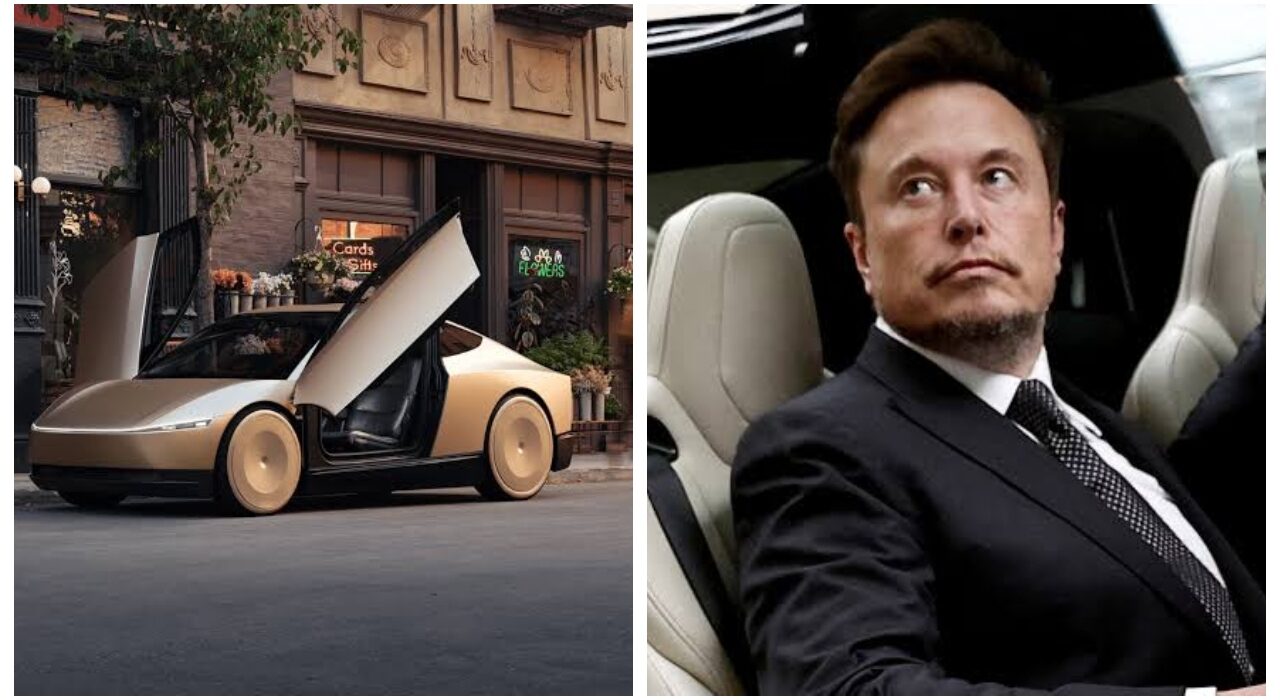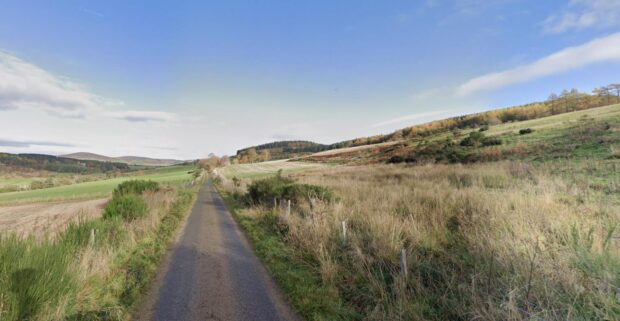
As Tesla Inc.’s electric vehicle sales finally start to drop in 2024, chief executive Elon Musk’s focus shifts inward toward the world of autonomous driving. But that future will be dominated by Tesla robotaxis only if the company can clear the biggest regulatory hurdles first.
Now Musk sees an opportunity to push for streamlined, federal self-driving laws, particularly as he emerges as a heavyweight with ties to the new administration under President-elect Donald Trump. Table of Contents How is Musk shifting towards autonomous driving? Is government support alone enough to boost and overcome electric vehicle sales drop? How is Musk shifting towards autonomous driving? At present, Tesla is already working in a patchwork landscape of state-by-state rules and regulations over autonomous vehicles. October earnings call was the day Musk vented his frustration with the system, which he called “incredibly painful.

” He favors a single federal framework which would allow it to advance much more quickly, he said. With Trump’s election and Musk’s financial support to his campaign, industry watchers expect that Musk would be well placed to shape transportation policies, especially if he leads a proposed new government efficiency unit. Because of his advocacy on efficiency, Musk’s statements could have repercussions with respect to the designation of a new Transportation secretary.
This branch oversees the National Highway Traffic Safety Administration, NHTSA. He may very well get a secretary who is looking after Tesla in regulatory terms, smoothing the way for deployment by robotaxis. Is government support alone enough to boost and overcome electric vehicle sales drop ? But government support alone will unlikely suffice to overcome Tesla’s hurdles.
Even for Musk’s campaign for federal independence, significant technological, legal, and insurance hurdles still lie ahead for Tesla’s self-driving program. Based on the metrics mentioned above, Tesla’s autonomous driving initiatives are way behind the competition. It still lags behind other firms, such as Waymo, in California by years, and the firm has yet to catch up with companies including Waymo in testing and regulatory advances.
Telsa has logged just 562 miles of autonomous testing in California since 2016, compared with the more than 13 million miles logged by Waymo. The latter has obtained several regulatory approvals and has permit for commercial robotaxi operations in California. Accepting federal regulation could potentially allow Tesla to skirt draconian state requirements; it is unclear, however, whether that will be enough to make its robotaxi vision a reality in the near term.
Also, see: Niva Bupa Health Insurance shares set to make market wntet with modest GMP.










